The next spectacular celestial event is on the horizon—the Solar Eclipse of August 12, 2026. Whether you’re a seasoned astronomer or a curious first-timer, viewing a solar eclipse through a telescope offers an unforgettable experience. To ensure safe and stunning views of the event, choosing the right equipment is key. Below are the best telescopes to help you prepare for this rare astronomical show.
Why the 2026 Solar Eclipse Is Special
The 2026 eclipse will be visible across parts of Europe, Greenland, and Iceland, offering a breathtaking total eclipse in some regions. With proper planning and the right gear, viewers around the world can witness this event safely and in detail.
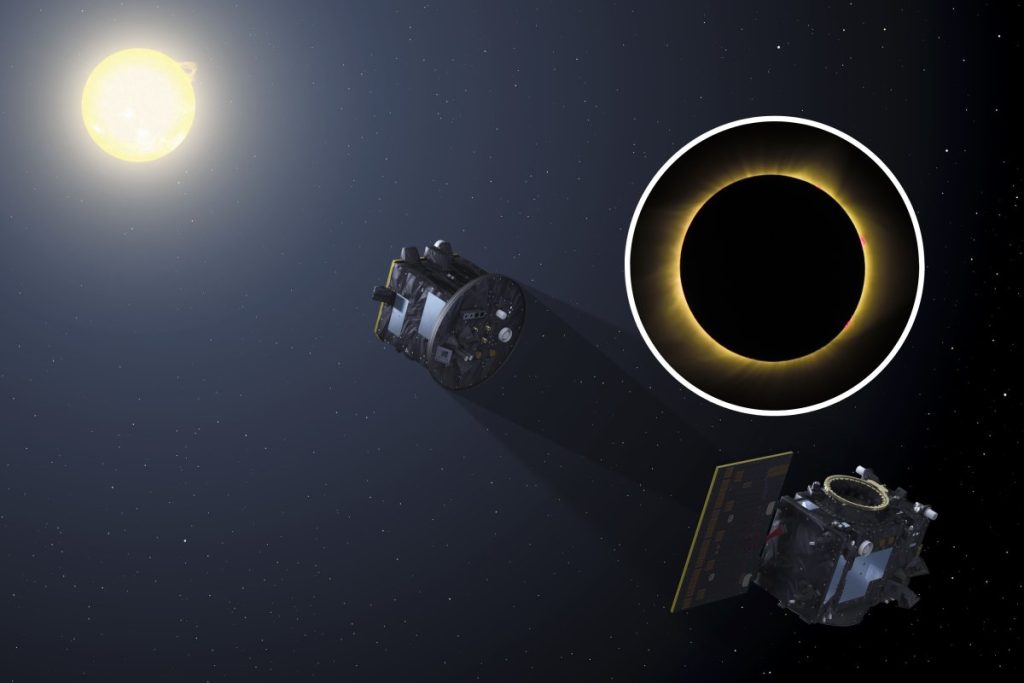
What to Look for in a Solar Eclipse Telescope
When selecting a telescope for solar viewing:
- Solar filters are essential – Never look at the sun without one.
- Portability – If you’re traveling to a viewing spot.
- Optical clarity – To capture solar features like sunspots and prominences.
- Ease of use – Especially for beginners.
Best Telescopes for the 2026 Solar Eclipse
1. Celestron EclipSmart Travel Scope 50
Best for Beginners and Portability
- Aperture: 50mm
- Includes: Solar Safe filter, backpack, and tripod
- Why It’s Great: Specifically designed for solar events, lightweight, and easy to set up.
- Ideal For: Travelers and first-time eclipse watchers.
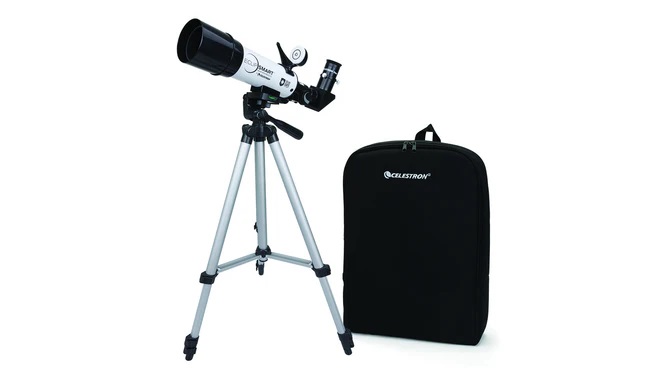
2. Orion 70mm White-Light Solar Refractor
Best for Safe, Crisp Solar Views
- Aperture: 70mm
- Filter Type: Permanently mounted white-light solar filter
- Why It’s Great: Delivers sharp, safe images of the solar disk and sunspots.
- Ideal For: Families and educational settings.

3. Lunt Solar Systems 60mm Pressure-Tuned H-Alpha Telescope
Best for Serious Solar Enthusiasts
- Aperture: 60mm
- Filter Type: H-alpha
- Why It’s Great: Allows observation of prominences and solar flares in rich detail.
- Ideal For: Enthusiasts who want more than just the eclipse—true solar observation.
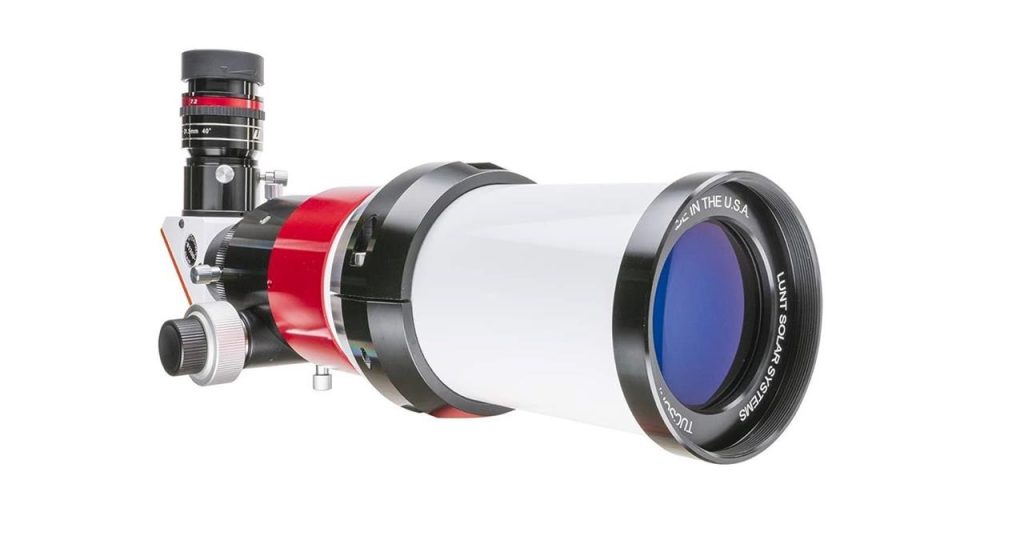
4. Meade EclipseView 76mm Reflecting Telescope
Best for Dual-Purpose Viewing
- Aperture: 76mm
- Includes: Removable solar filter
- Why It’s Great: Use it for solar viewing during the eclipse and regular nighttime stargazing afterward.
- Ideal For: Those who want a multipurpose telescope on a budget.
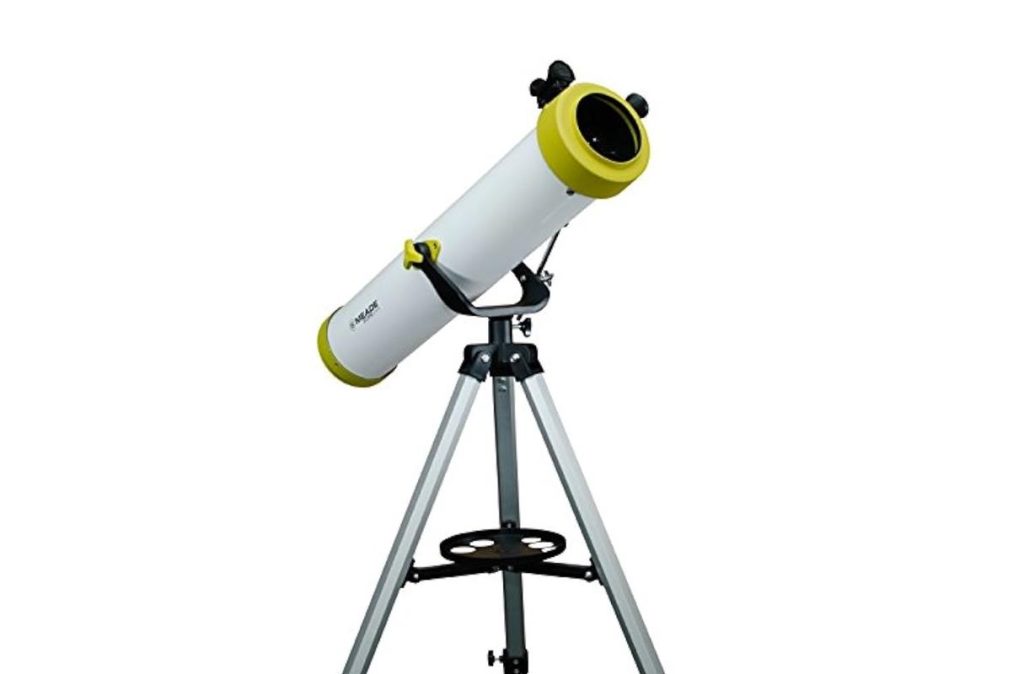
5. Coronado PST (Personal Solar Telescope)
Best Compact H-Alpha Option
- Aperture: 40mm
- Filter Type: H-alpha
- Why It’s Great: View solar prominences and surface details; compact design.
- Ideal For: Advanced users looking for a balance of power and portability.
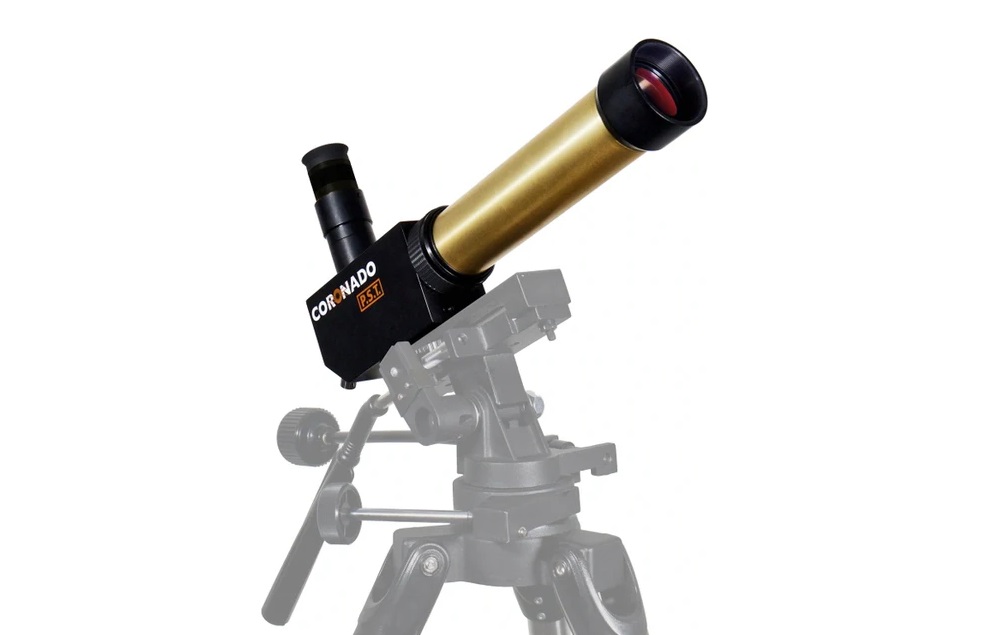
Pro Tips for Eclipse Viewing
- Never remove the solar filter during partial phases.
- Practice using your telescope before the event.
- Use a tripod or stable mount to minimize shake.
- Consider smartphone adapters to capture the eclipse safely.
Conclusion
The 2026 solar eclipse is a rare opportunity to experience the wonder of our solar system in action. With the right telescope and proper safety gear, you can witness it in breathtaking detail. Whether you’re a beginner or a seasoned observer, now is the perfect time to prepare.


